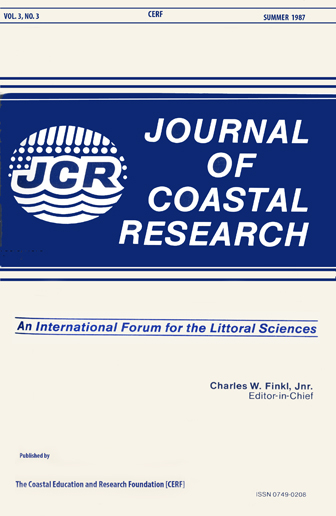Beach Rock Ridges/Bands along a High-Energy Coast in Southwestern Australia: Their Significance and Use in Coastal History
Keywords:
Beach rock, coastal erosion, Holocene coastal history, southwestern Australian coastAbstract
Beach rock is developing under the beach of a retreating barrier in southwestern Australia and is exhumed as the coast erodes. As the barrier retreats, the underlying estuarine sediments are exposed, and exhumed beach rock is left as residuals on the submarine shelf. Consequently it develops a definitive small scale geomorphic unit that reflects its mode of formation and the subsequent coastal history. The resultant geomorphic unit consists of submerged shore-parallel ridges, bands and linear slabs of beach rock separated by ribbons of sand. The usefulness of the beach rock residuals is that they record marked coastal retreat over a relatively short period of the late Holocene. Their configuration provides information about the dynamic nature of a retreating shore and allows a reconstruction of geomorphic history.


